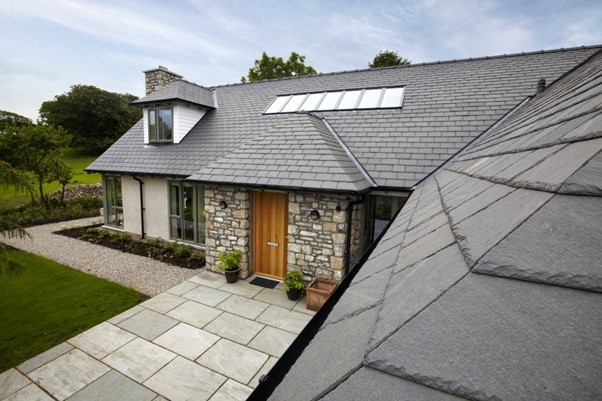When you think about the roof of your home, the last thing you want to worry about is whether it will stand the test of time. However, not all roofs will last throughout your lifetime. If you’re moving into an older property that hasn’t had a new roof for decades, it might be something you need to consider sooner than later.
Old, damaged roofs can cause damp and mould to grow in your home and could eventually lead to roof collapse if left in a dire condition. So, it’s vital you know roughly how long your roof has got left before you need to think about maintenance or an entire replacement.
Here’s what you need to know.
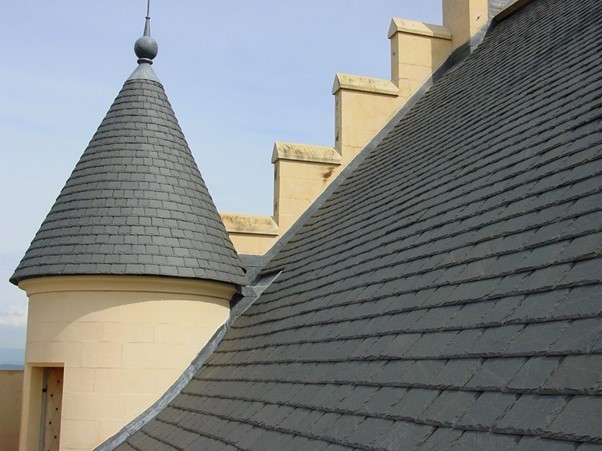
What Can Impact Roof Longevity?
The life of your roof can be impeded or improved by a number of factors, including:
- Installation quality – if the roof was not installed by experts or a shoddy job was done, that can shorten your roof’s lifespan.
- Quality of materials used – cheap roofing materials won’t cost you as much initially, but they will need to be replaced more frequently and that will be more expensive in the long run.
- Environment – roofs can be affected by exposure to high winds, extreme temperatures, and debris, so where you live will have an impact on how long it lasts.
- Type of roofing material – roofs can be made of a variety of different materials, and they all have varying durability, so how long your roof lasts will depend on your chosen roofing material.
The type of roofing material used is an especially important factor when determining the lifespan of your roof. Knowing which materials provide the longest lifespan can also help you make the best choice for roofing when you need to get a new one installed.
Different Roofing Materials
Asphalt
Asphalt is used to make roofing shingles and is a common roofing slates materials as is very affordable and easy to install. Asphalt roofing shingles are made from either paper fibre mats or fibreglass that has been impregnated with asphalt and coated with mineral granules.
These shingles can be expected to last from around 15 to 40 years, depending on the quality of materials chosen, the installation and the environment the roof is exposed to. You can maximise the lifespan of asphalt shingles by avoiding cheap shingles and keeping them clear of debris where possible.
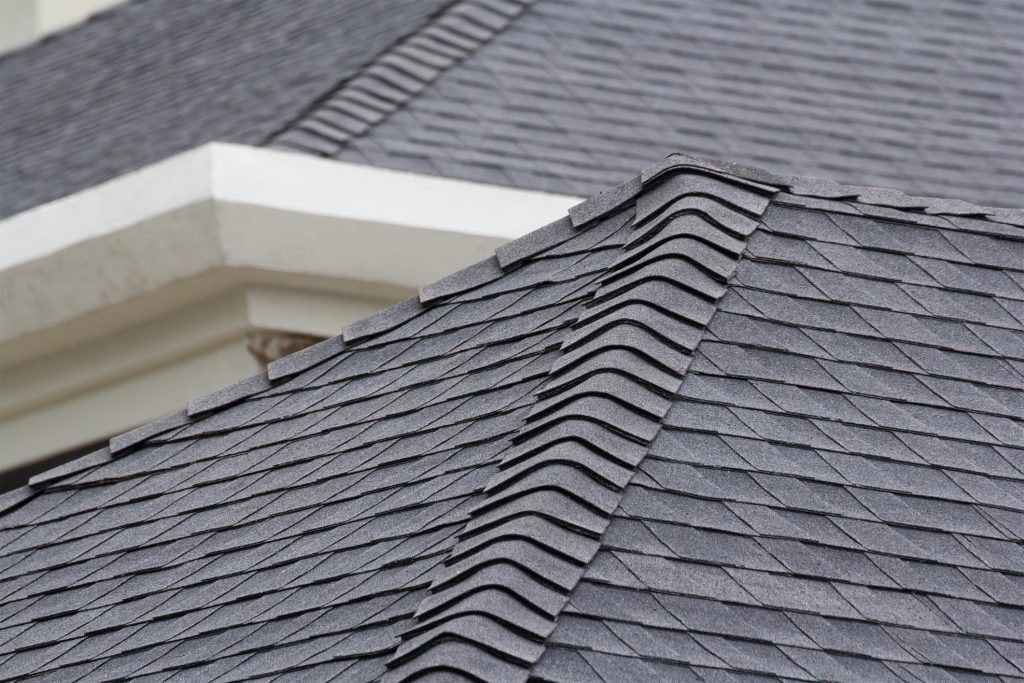
Metal
Metal roofing is a common option found in commercial, industrial, and agricultural buildings, but can also be used for housing. They are popular in areas prone to wildfire danger due to their resistance to fire damage.
Metal roofing often takes the form of roofing sheets that is laid in panels with the seams overlapping along the roof slope. These types of roofs are easy to maintain and are very durable against the elements. They have a lifespan of around 30 to 50 years, which puts it far ahead of asphalt shingles, although some homes may not be suitable for metal roofing. To increase their lifespan, they should be subjected to regular checks and maintenance to ensure the fasteners and sealants haven’t failed.
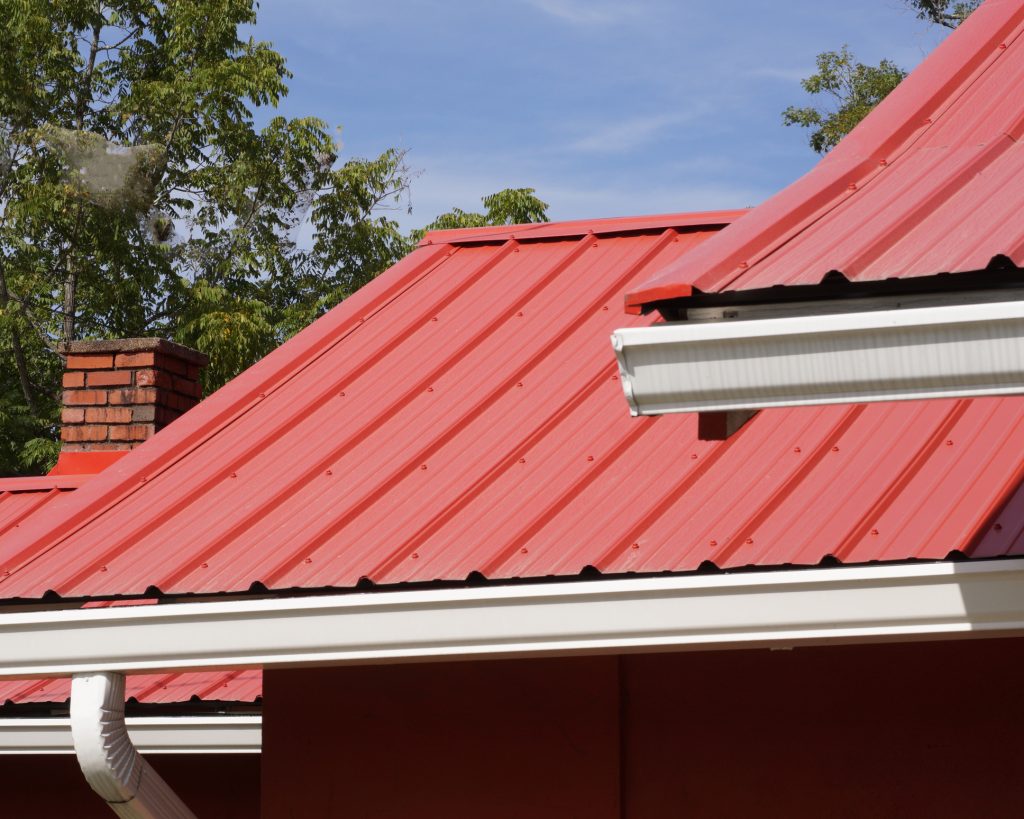
Clay
Traditional tiles are made from terracotta clay, but you can also get ceramic tiles made of fired clay. These are a popular choice due to their aesthetics, but they require sturdy roofing and framing to hold the weight.
When properly maintained, you could see clay roof tiles last for up to 100 years or more. These tiles are very hardwearing, but they are susceptible to cracks. When cracks occur, the damaged tiles should be replaced as soon as you spot them to prevent any damage from worsening.
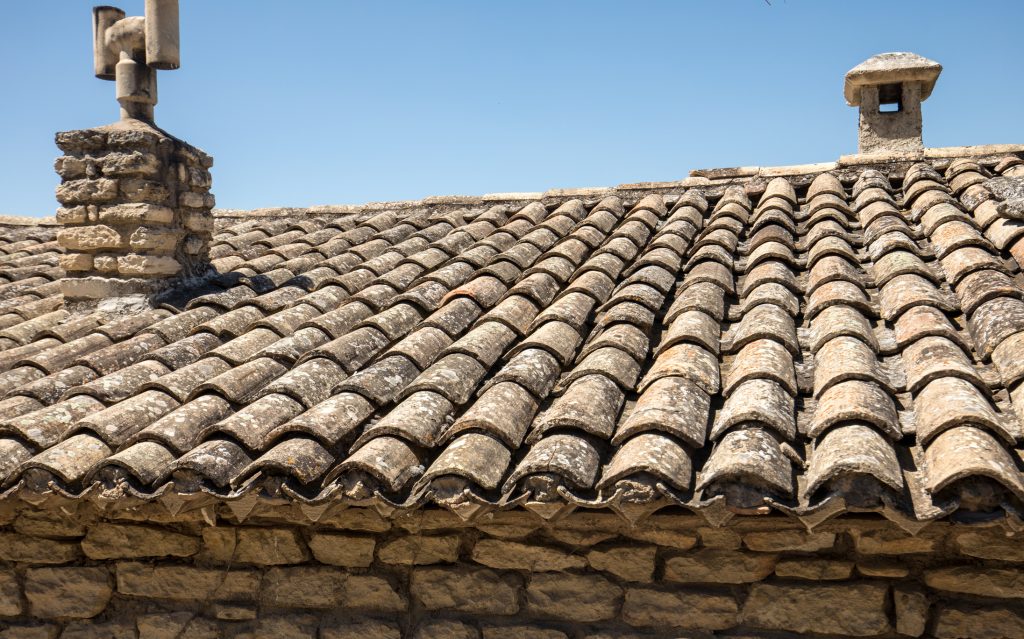
Slate
Slate is a variation of a stone roof where the roof is covered with natural slate tiles that have been mined from quarries. Slate has a natural tendency to split into flat slabs, making it an ideal material to use for roofing. It can be more expensive than other roofing materials, but it is the most durable one of all and can last your home a lifetime.
Slate roofing tiles can easily last 100 years and far more, demonstrated by the fact that there still stand historical buildings dating back hundreds of years with their original slate roofs intact. Like the clay tiles, any broken slate tiles should be replaced as soon as possible to maintain the longevity of your roof.
Slate also has the advantage of looking truly beautiful, with the vast range of styles and the stunning natural colours that occur in the rock.
